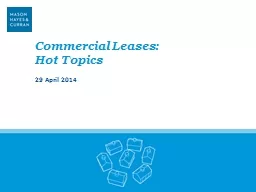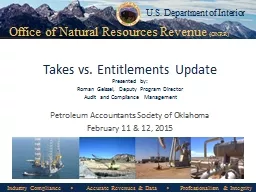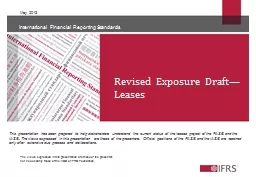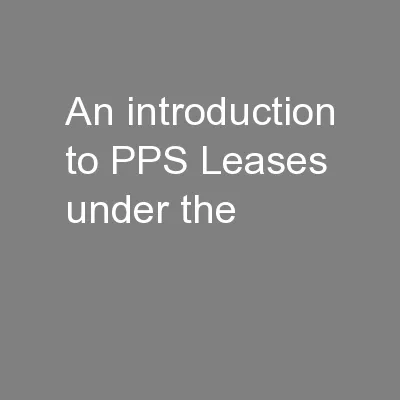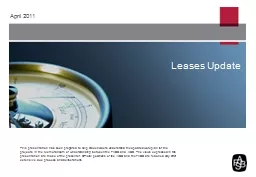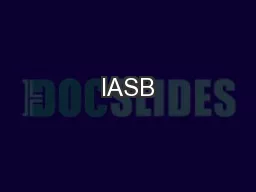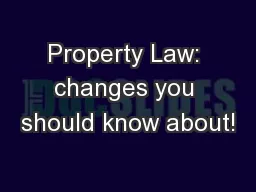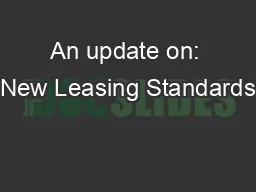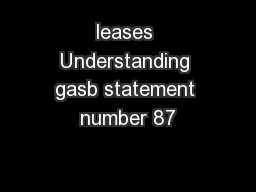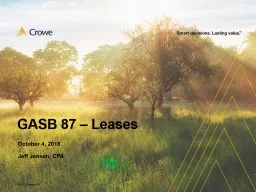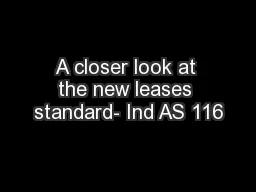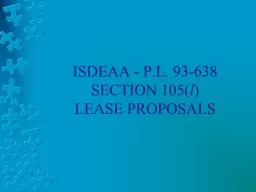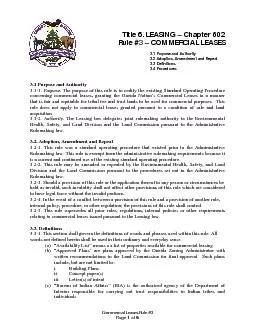PPT-Commercial Leases:
Author : calandra-battersby | Published Date : 2015-11-21
Hot Topics 29 April 2014 1 Commercial Leases Hot Topics Chair Kevin Hoy Head of Real Estate 2 Time to Split Exercise of Break Options Nicola Byrne Senior Associate
Presentation Embed Code
Download Presentation
Download Presentation The PPT/PDF document "Commercial Leases:" is the property of its rightful owner. Permission is granted to download and print the materials on this website for personal, non-commercial use only, and to display it on your personal computer provided you do not modify the materials and that you retain all copyright notices contained in the materials. By downloading content from our website, you accept the terms of this agreement.
Commercial Leases:: Transcript
Download Rules Of Document
"Commercial Leases:"The content belongs to its owner. You may download and print it for personal use, without modification, and keep all copyright notices. By downloading, you agree to these terms.
Related Documents

